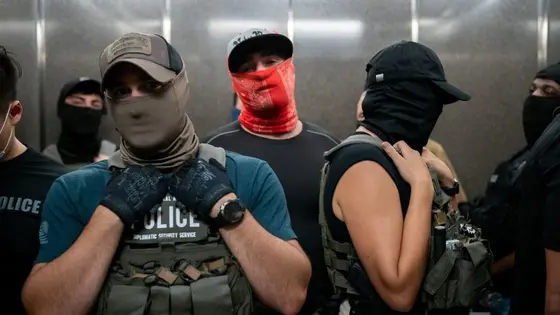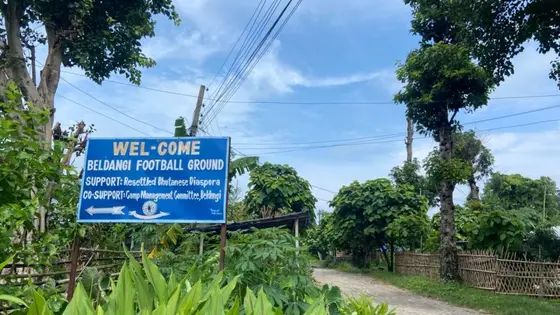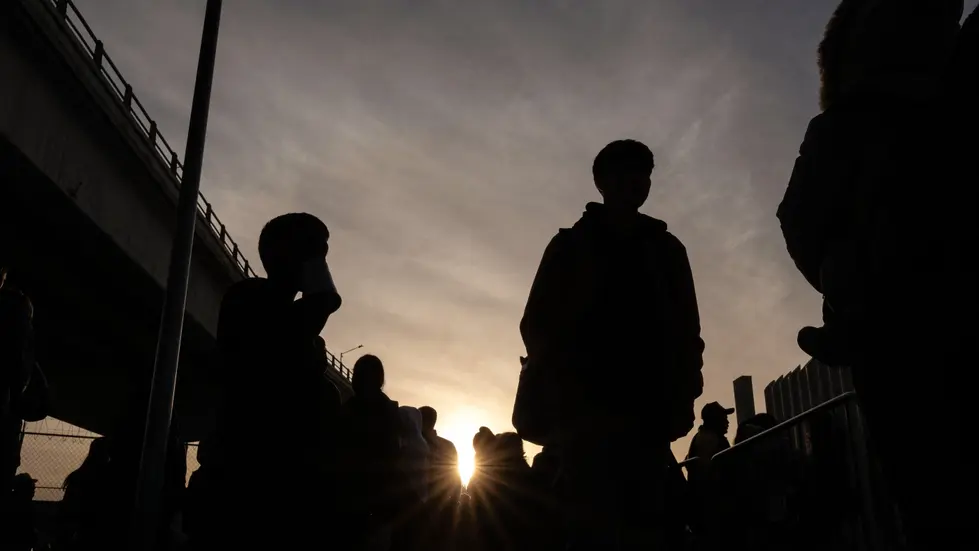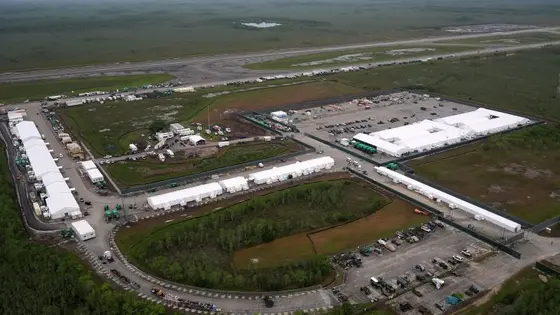T4K3.news
ICE arrests immigrants differently in red and blue states
Data shows a stark divide in arrest methods used by ICE based on state political leanings.

Arrests in red states happen more in jails, while blue states see community apprehensions.
ICE uses different strategies for immigrant arrests in blue and red states
Recent data analysis reveals a striking contrast in how Immigration and Customs Enforcement conducts immigrant arrests in red and blue states. In states that supported President Donald Trump, a significant majority of arrests are made in prisons and jails, whereas in blue states, ICE tends to arrest immigrants in communities. The findings point to a policy divergence: 59% of arrests in red states took place in jails, while 70% of arrests in blue states occurred in the public sphere. This trend has raised concerns among immigrant rights advocates who argue that community arrests instill fear and mark a shift in federal immigration policy. In Massachusetts, for instance, a staggering 94% of arrests were made in community settings, affecting everyday life for many immigrants and fueling anxiety in neighborhoods.
Key Takeaways
"Sanctuary cities are going to get exactly what they don’t want, more agents in the communities."
Tom Homan comments on how sanctuary policies trigger increased ICE activity.
"ICE’s aggressive tactics could be seen as a direct punishment for states resisting federal policies."
Iván Espinoza-Madrigal discusses the motivations behind community arrests.
"The varying local laws and ICE tactics create a patchwork system across the country."
Kathleen Bush-Joseph emphasizes the inconsistency in immigration enforcement.
"We’re seeing people not going to their doctor’s appointments, kids not going to school, folks not going grocery shopping."
Sarang Sekhavat describes the community impact of ICE operations in immigrant neighborhoods.
The differing tactics employed by ICE reflect broader political tensions surrounding immigration. In states with sanctuary policies, local agencies limit cooperation with ICE, leading to a shift in arrest strategies. Observers note that ICE's reliance on community arrests appears as a punitive measure against states that support immigrant rights. This approach could also serve as a deterrent, discouraging new immigrants from seeking refuge in the U.S. The stark contrast between arrest methods in red and blue states illustrates the ongoing ideological battle over immigration policy, emphasizing the complexities faced by immigrants in a divided nation.
Highlights
- The divide in ICE tactics reflects the reality of a politicized immigration system.
- Community arrests in blue states show a significant shift in ICE strategy.
- Fear is now a part of daily life for many immigrants in Massachusetts.
- The patchwork of immigration enforcement leaves many vulnerable.
Concerns over Immigration Policy Enforcement
The differing arrest strategies employed by ICE in red and blue states may lead to significant public backlash and heightened fears among immigrant communities.
The implications of these tactics continue to unfold, impacting thousands of lives across the nation.
Enjoyed this? Let your friends know!
Related News

Dean Cain announces he will join ICE and back Trump

Texas Governor Abbott threatens Democrats with removal

Deportees from US face rejection by Bhutan

Asylum cases reset after missed screening

Delta pilot arrested after landing flight in San Francisco

Dean Cain supports ICE in new recruitment video

Adriana Gallardo builds $300 million insurance empire

Florida begins deportation flights from new detention facility
